Slow Travel: A Deeper Dive into Authentic Experiences
I guess you could say I’ve always been a pioneer of the slow travel experience.
After a whirlwind trip to Thailand, where I went everywhere from the islands of the south to the hill towns of the north in just a few weeks, I returned home exhausted, burnt out, and in need of a holiday from my holiday!
This was in sharp contrast to my first trip outside of Europe, where I spent 3 weeks volunteering in Marrakech, staying in the same riad and getting to know the local community.
Of course, back then, I didn’t know that this kind of travel had a name.
’Slow travel’ or ’slow tourism’ were terms that probably hadn’t even been invented yet, and if they were, they certainly hadn’t been on my radar.
However, the more I travelled, and the more people I met who bragged about having visited 30 countries in as many days, or who spent just one hour in Moldova to ‘tick it off the list’ (true story), the more I realised that for me, the slow travel experience trumps all.
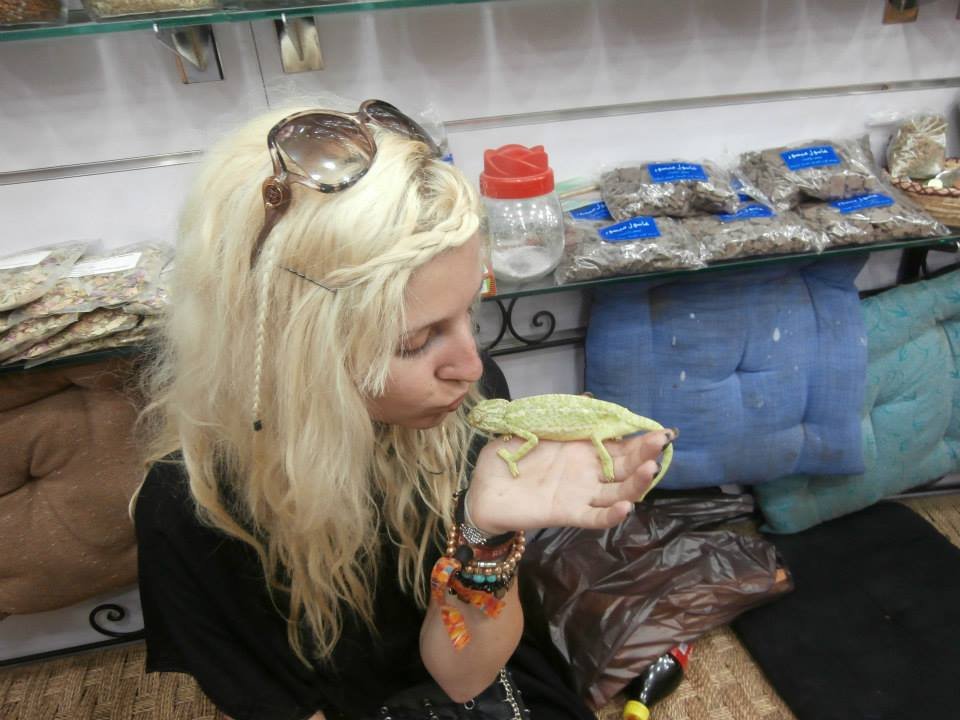
Since the pandemic, many people have embraced ‘slow living,’ a way of prioritising self-care, moving at a slower pace, and appreciating the small things in life.
But what is slow travel, and how can we embrace slow living while still getting to explore the world around us?
In this post, I’m going to dive into what it means to travel slowly, and discuss some of the major benefits of slow travel.
So, if you have a raging case of wanderlust but an aversion to jam-packed itineraries, then this one’s for you.
Let’s get into it.
The Slow Travel Experience – Benefits of Slow Tourism
My experiences of fast travel
I haven’t always been one to travel slowly.
When I began backpacking around Europe, I skipped from Krakow, to Prague, to Budapest gleefully, spending a few days ticking off the main tourist attractions and partying with the same backpacker crowd in the same trashy nightclubs and staying in the same party hostels.
I had a great time, but by the end of it, I couldn’t tell you a thing about those places.

For those whose travels consist of competitively counting countries and covering as much ground as possible in as little time as possible, I’d probably spent too long in each place (5 nights in each).
However, this fast-paced Euro trip just wasn’t scratching that itch that my previous travels had.
After spending almost a year living in Cambodia and getting to know the people and culture intimately, spending a couple of nights somewhere just didn’t cut it anymore.
What is slow travel?
Slow tourism, also known as slow travel, sustainable travel, mindful travel, and low-impact travel, is an approach to travel that emphasises the connections we make over the things that we see.
It is the idea that travel should be a break from the hustle and bustle of daily life and all the stress that comes with it.
The slow travel experience is all about connecting to local people, cultures, food, and music, returning home from a trip educated and rested rather than burnt out and needing another holiday!
Slow travel is a relaxed way of travel that allows the traveller to sink into a destination and begin to unravel its mysteries, close their eyes and allow themselves to just be.
After all, why swap a schedule for a schedule?
The history of the slow travel movement
Slow travel is a response to the Slow Food movement, which begun in Piedmont, Italy, in 1986 as a protest to a McDonald’s restaurant opening in Rome.
Carlo Petrini, the man that established the Slow Food movement, wanted people to purchase quality organic food at a fair price rather than succumbing to fast-food.
The Slow Food movement is designed to provide a benefit not only to the consumer, but to the producer as well, with local farmers and small business owners not being forced out of business by global chain establishments.
This same philosophy can be seen in the slow travel movement, which is not only beneficial for the traveller, but for the places that they travel to – slow travel is far more sustainable for local communities and the environment than fast travel.
Overtourism has had a devastating impact on major tourist destinations, and the ability to travel slowly is part of the antidote to that.

10 Reasons to Travel Slowly (The Many Benefits of Slow Tourism)
1. Ultimate freedom
When you travel slowly, you are free to do whatever you want to do, whenever you want to do it.
Travelling is supposed to be all about freedom, but it often ends up revolving around strict schedules with no flexibility – where’s the freedom in that?
When you travel slowly, you have more freedom to say yes to new opportunities and adventures, without having to sacrifice your original plans.
Consider the following: you were planning on visiting the Colosseum in Rome, but a group of people you’ve just met have invited you on a road trip to a cool medieval village outside of the city – you really want to go on the trip, but you also don’t want to miss the Colosseum, and you only have one day in Rome!
Unless you want to cancel your transport and accommodation to your next destination (and waste money in the process), you’re going to have to make a sacrifice and end up missing out on something you really wanted to do.
If you had decided to travel slowly, you would have the freedom to extend your time in your destination and not miss out on anything!
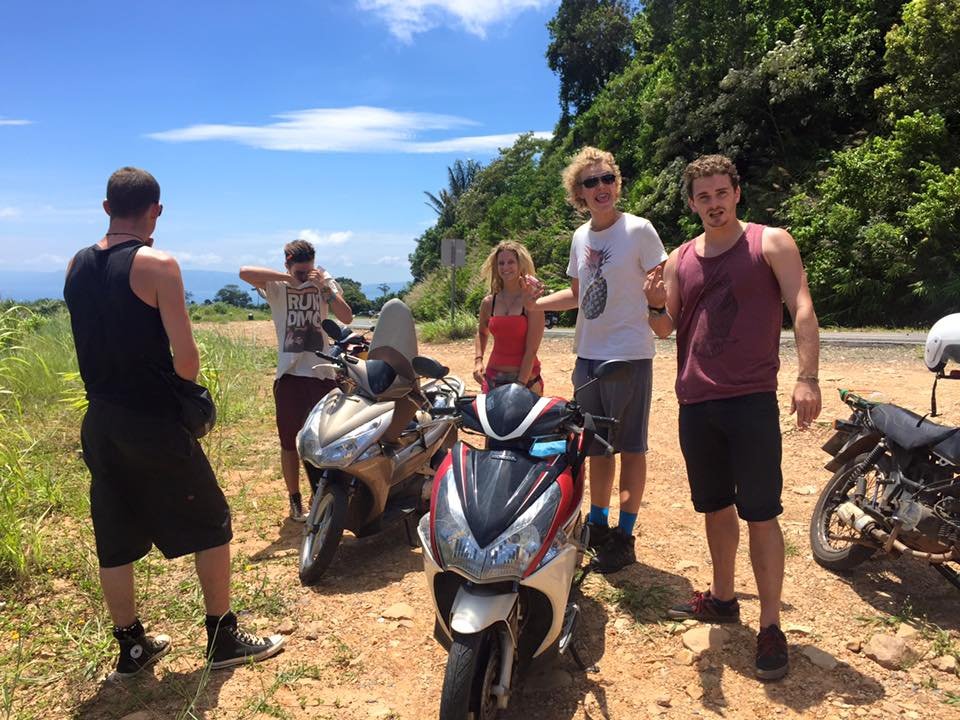
2. Slow travel is better for the environment
As much as we may want it to be, global warming is no joke, and taking multiple flights in a short trip is frankly irresponsible.
When you travel slowly, you end up taking less transport, and the transport you do take is often much better for the environment.
Travelling slowly reduces your carbon footprint massively, taking the strain off the environment and allowing you to travel with a lighter conscience.

3. Slow travel supports local businesses
When you travel slowly, you are more likely to spend your money in small local businesses rather than only going to the main tourist traps and large chains.
Whether it’s buying your coffee from the same tiny café every day, finding a quaint family-owned restaurant, or doing a quick grocery shop in the local market, your money will be directly helping the local economy.
Many people who visit popular cities on a day trip will arrive with a packed lunch, on a pre-paid tour with a large corporation, and not spend a dime in the place they’re visiting.
If you’re a small business owner yourself, then you already know how important it is small businesses to get some type of support. On top of that, if you’re a small business and if you’re embracing slow travel (kind of like how digital nomads do it), then you might even want to go out even more.
Just think about it; you won’t be so glued to your laptop. Instead, you can look into adding live chat to a website you run so your visitors get the help they need. This alone means you can be out and about more, supporting small businesses. It’s a beautiful cycle, and slow travel really helps this.
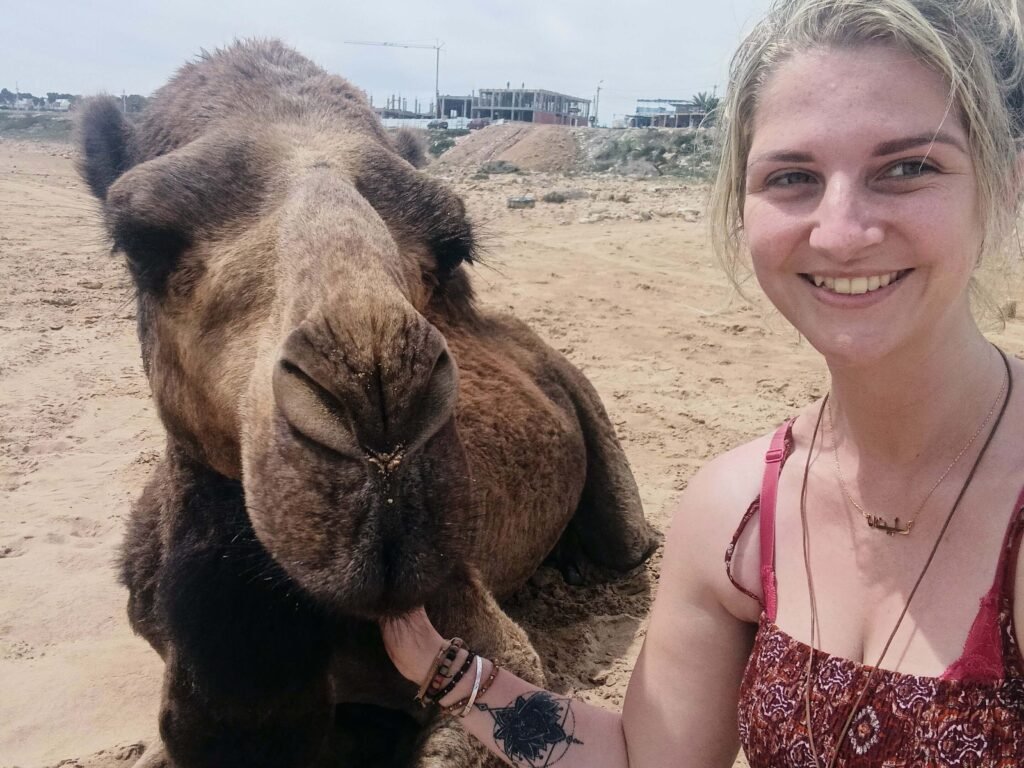
4. Avoid the crowds
One of the main problems with fast-paced travel is that people want to pack everything into a single day.
They rush around, desperately trying to see all of the major attractions, and end up contributing to horrific crowds that the locals hate.
If you stay in a place for longer, you are able to skirt around this by waking up early to see things before the crowds come and spreading out your sightseeing over a few days (or even weeks!).
When I stayed in Kotor, Montenegro, my favourite time of day was around 5 pm, when the sun was still high in the sky and all of the cruise ship tourists had left.
Not many tourists bother to spend the night in Kotor, so myself and the few that did almost had the place to ourselves!
5. You save money
When you travel slowly you end up saving a tonne of money.
Not only do you spend way less money on transport, but most accommodations offer discounts if you book for at least a week as well!
Not only that, but you’ll have time to sniff out the best bars and restaurants, away from the tourist traps – win, win!
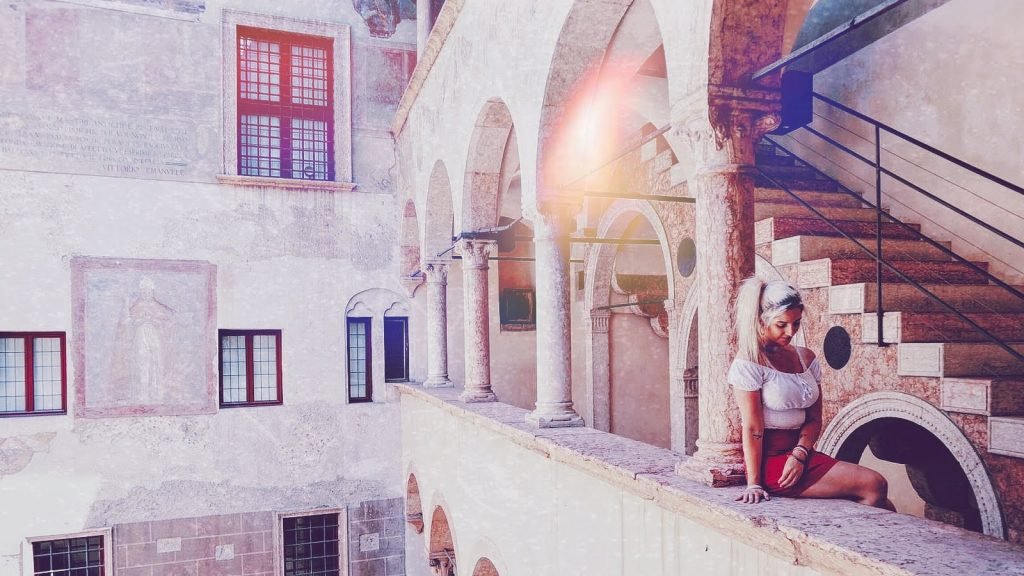
6. You don’t spend your entire trip in transit
I am constantly seeing people try and cram 4 or 5 countries into a 2 week period and that is crazy to me.
What people planning these trips don’t realise is that if you only spend 2 days in a given city, every third day will likely be spent on a 7-hour bus – not fun!
It’s even worse when people (usually Americans, no hate to my American readers!) choose countries in Europe that are nowhere near each other!
It might look feasible to travel to Paris, then Rome, then Lisbon, all in a week, but trust me, those countries are much farther away from each other than they look on a map!
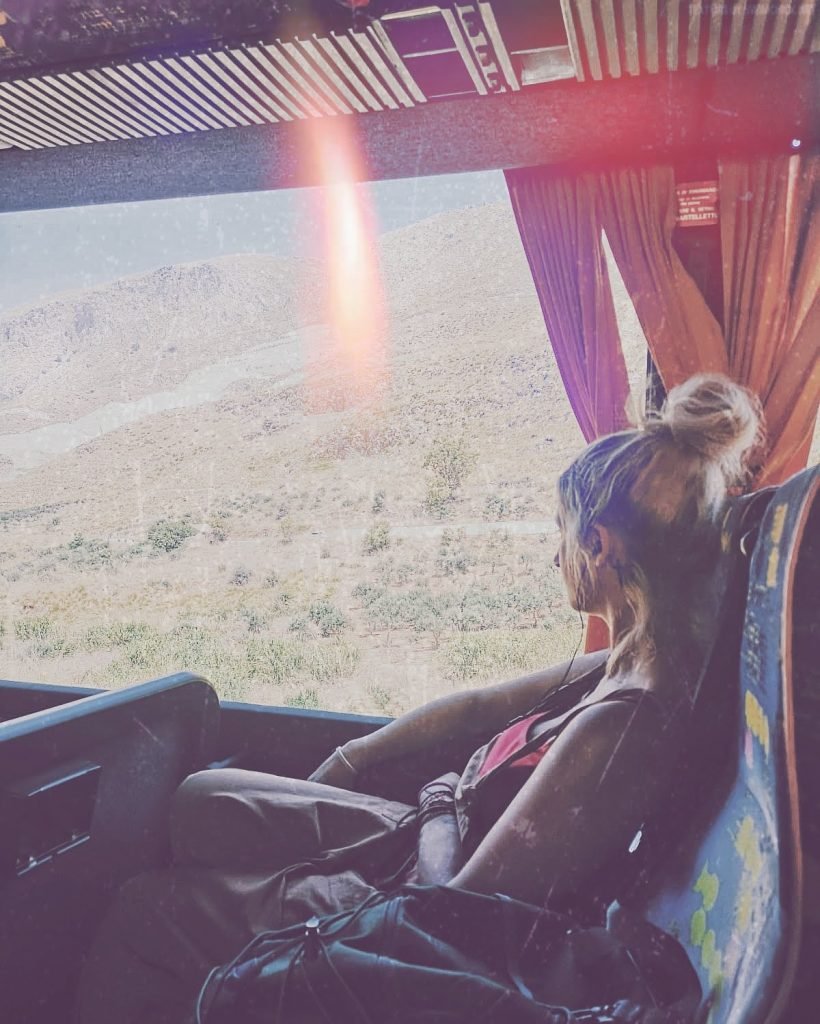
San Vito Lo Capo, Italy, 2019
7. Connect with yourself
Slow travel is all about letting go and learning what YOU like to do.
Do you want to wake up and buy fresh produce at the local farmer’s market, take a stroll around town and while away the afternoon sipping coffee at a local patisserie?
With slow travel you can do just that and not feel guilty that you aren’t queuing up at the Acropolis, or the Vatican, or else you’d feel pressured to cram in on a short trip.
When you travel slowly, you get to have the break you need, returning home fresh and rejuvenated rather than burnt out!
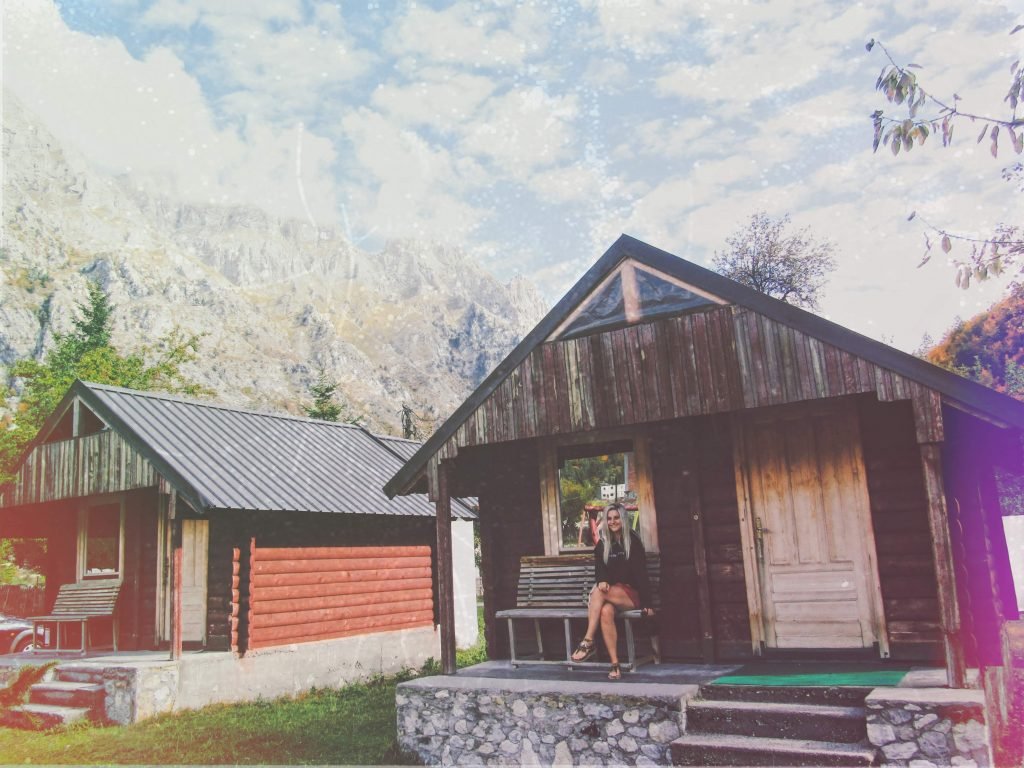
8. Cultivates more authentic experiences
Sure, a day might be enough to see the major landmarks in a city, but is it really enough time to truly understand the food, the history, the culture, and the people?
The slow travel experience is all about connection, authenticity, and understanding the place you’re visiting.
9. Slow travel is less stressful
Planning a trip often comes with a lot of stress.
We have to research and book plane tickets, airport transfers, buses, hotels, excursions, and lord knows how many other things! Multi-country trips can also involve applying for visas, counting our time spent in the Schengen Zone, amidst other things.
If we travel to a single destination, we have so much less to worry about, and we can actually have fun planning our trip!
10. Slow travel allows you to stay healthy
Many travellers often totally neglect their diet and fitness regimes when they’re on the road, and that’s totally understandable.
However, if you’re travelling for weeks at a time, you may start to feel tired and sluggish, and your clothes might start to get a bit tighter!
If you stay in one place for at least a week, you can buy groceries and cook your own meals (provided you’re staying in a place with a kitchen), say ‘no’ to that beach party because you’re desperately in need of sleep, and maybe even go to a local gym to get your workouts in.
But why is fast travel so bad?
Fast travel poses all kinds of problems, both for the destination and for you, the traveller.
Destinations often crumble under the weight of too many tourists, with locals being forced out of their homes due to increased rental prices, congested streets preventing people from getting to work and school on time, and pollution wreaking havoc on the environment.
Unlike slow tourism, fast travel almost always harms communities while providing little benefit in return.
Fast travel harms the economy
While somebody who travels slowly will usually spend their money at local restaurants and grocery stores, day trippers tend to pour their money into expensive tourist traps and international hotel chains, where the money never trickles down to the local economy in any meaningful way.
Fast travel drives human trafficking
You may not think it, but fast travel even contributes to serious human rights issues such as human trafficking.
This can take the form of ’street kids’ that are forced to beg tourists for money, or even sexual slavery (I’m afraid to say that planning a naughty weekend in Amsterdam is directly contributing to the demand for trafficked women from poorer countries).
If you don’t believe me, just think about the Olympic Games, or the World Cup – these major events, which see millions of tourists flocking to a single destination for a short time, always result in women being trafficked to those destinations in order to fulfill the demand for sex workers.

‘I can’t travel slowly – I only get 10 days off work a year!’
The biggest reason most people zip through countries like there’s no tomorrow is because, in their minds at least, there kind of isn’t!
Many Americans coming to Europe feel as though they need to see it ALL, RIGHT NOW, because they don’t know when they’ll be back.
Honestly, I get it!
It’s hard to travel when you don’t get much time off work, flights are expensive, and you’re keen to visit far-flung destinations.
With Europe being so concentrated, I understand the temptation to tick off as many countries as possible in a 10 day trip.
However.
The truth is that if you make a point of prioritising travel, this won’t be the only chance you get to visit Europe.
Not only that, but if you spend your entire trip rushing from A to B with barely a moment to breathe, how much of it are you really going to enjoy, or more so, remember?
The irony of this is that you’re trying to see lots of places on very limited time, but you end up spending much of that precious time sitting around in airports or twiddling your thumbs on a bus!
Think of it this way – slow travel is all about reducing the quantity in order to improve the quality of your travels.
How to embrace slow travel
Volunteer
Volunteering is a great way of making your travels last for longer and really getting to know one place.
I’ve spent a lot of time volunteering in hostels around the world, as well as travelling around Poland and the Czech Republic teaching English.
My volunteering has not only allowed me to form relationships with local people and learn about how they live, but because I’ve received free food and accommodation in exchange for my time, I’ve been able to stay in places for longer than I could if I was paying to stay there.
You can read my Worldpackers review for more information about how to find volunteer work.
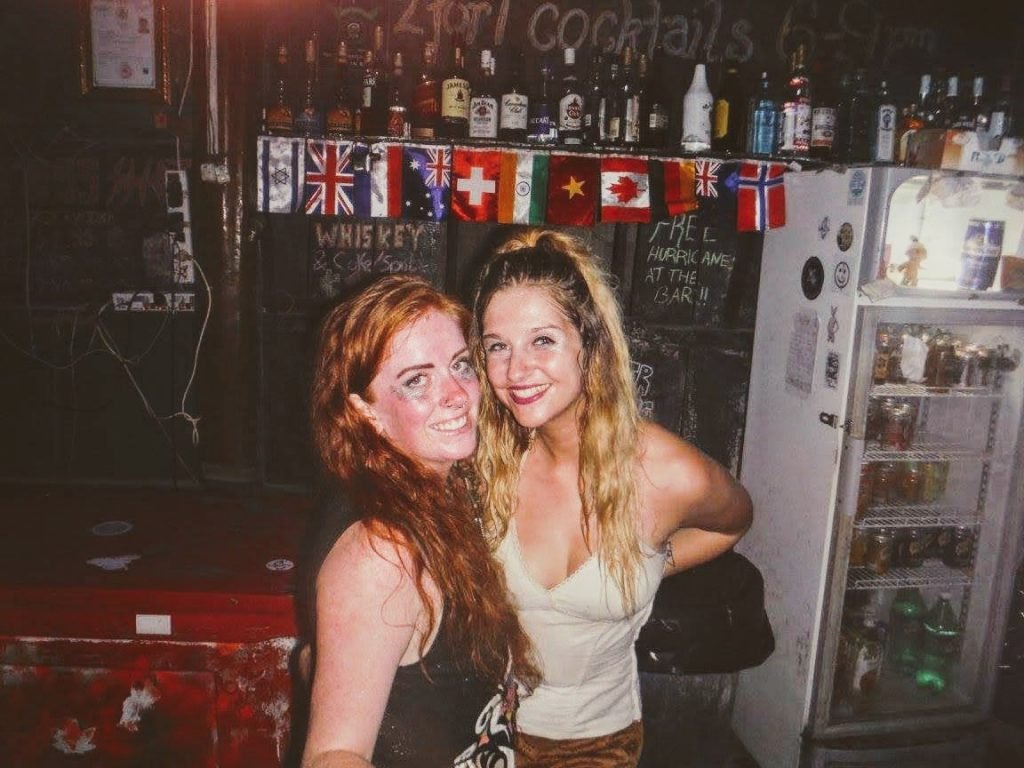
Work remotely
Working remotely has been a growing trend for a while now, especially since the pandemic.
‘Digital nomads’ can do many types of work, from software development to freelance writing, graphic design, transcribing services and more.
If you’re interested in the digital nomad lifestyle, there are many digital nomad conferences popping up all over the place, from Bansko Nomad Fest in Bulgaria, to Swiss Nomad Fest in Switzerland.
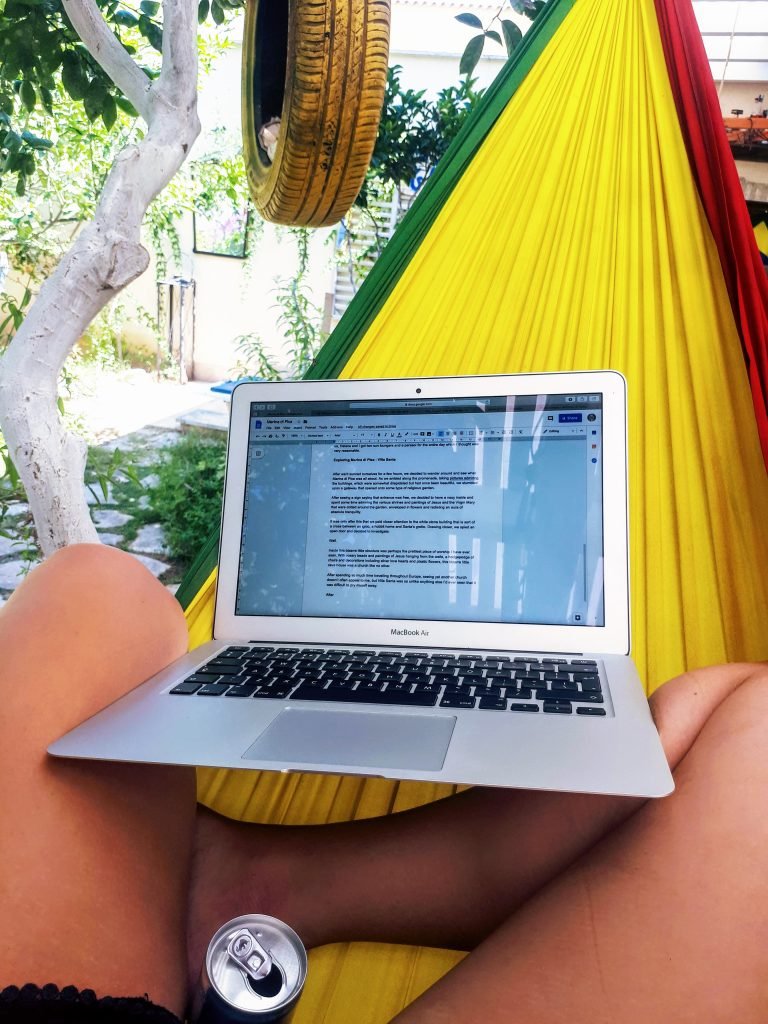
Skip the itinerary
Write down a few absolute ‘must see’ attractions that you don’t want to miss out on, and leave it there.
Allow yourself time to sleep in in the mornings, get lost down alleyways and read a book in a cafe.
You’ll still get to experience the destination without feeling the stress that a jam-packed itinerary can bring.
Put the camera down
By all means, take pictures.
I love taking pictures when I travel (it’s literally part of my job), and looking back over my travel photos is one of my favourite pastimes.
However, there are far too many people that wander around staring into the viewfinder of a camera rather than actually seeing the place for themselves!
Once you’ve taken a few snaps, try and put your camera away and take in the sights in a deeper way.
Avoid tourist traps
Tourist traps do two things: they take your money and they don’t give you an authentic experience of the place you’re visiting.
Now, I’m not going to sit here and say that you should never succumb to a tourist trap.
I obviously visited ‘Dracula’s House’ when I was in Sighisoara, Romania, because it’s not every day you get to visit the place where Vlad the Impaler himself was born (although in my defence, I refused to pay extra to go up to his childhood bedroom).
My advice would be to try and visit tourist traps sparingly.
While some things are popular for a reason, most just exist to take your money.
You can avoid tourist traps by:
- Never going to a bar or restaurant close to a city’s main attractions – discover something a little more hidden away
- Ask locals what they recommend doing in their city
- Research beforehand if a major tourist attraction is worth the hype

Know that anyone can slow travel!
You don’t have to be a backpacker or digital nomad to be a pioneer of slow tourism.
Your entire trip can be 4 days long and you can still enjoy the slow travel experience, simply by taking the pressure off yourself to see and do everything and just relax and enjoy the time you have.
Slow travel is a mindset, and remember – visiting fewer countries doesn’t mean that you see less.
It means that you see more.
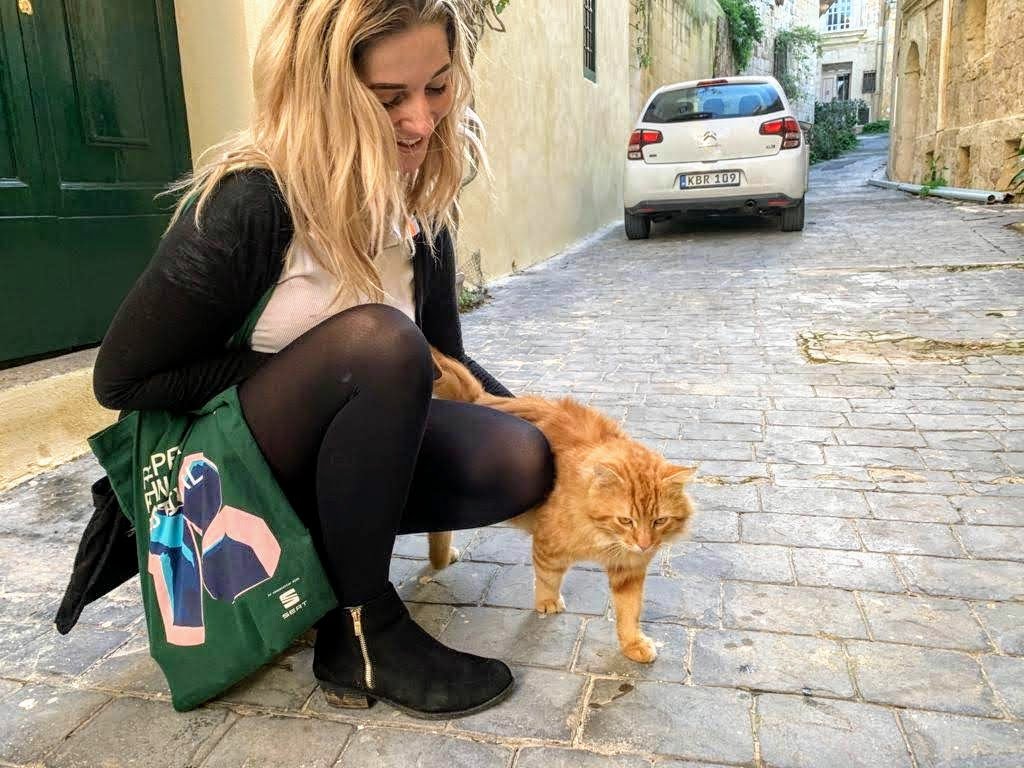
Slow Travel | Final Thoughts
So, that pretty much sums up why I believe slow travel is the only way to authentically experience a destination.
When you travel slowly, not only do you experience the benefits yourself, but you also provide immense benefits to the destination, the locals, and the environment.
What do you think?
Do you agree with me or are you committed to fast travel?
Let me know your thoughts in the comments section below!
Until next time,
XOXO
If you liked this article and would like to support my work, please click the button above to donate a couple of bucks and buy me a coffee. The ad revenue that I receive on this website is minimal, so support from my readers enables me to keep creating content that you (hopefully!) love to read.


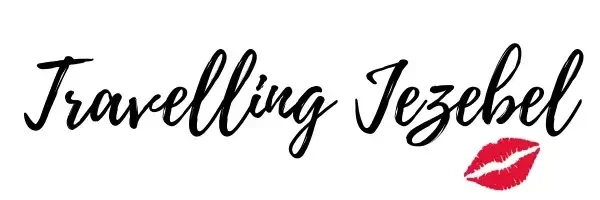
” Do you want to wake up and buy fresh produce at the local farmer’s market, take a stroll around town and while away the afternoon sipping coffee at a local patisserie?”
Yeah, that is how I am a lot.
I have always travelled slowly and always will. Travel is a lifestyle choice and I want to keep it enjoyable and not risk travel burn out.
For me, being in an exotic location is already 80% of the experience.
Tourist attractions are an optional extra as far as I am concerned.
My next trip will be hanging out at the Artic for 2 weeks in winter. I want to see what is it like when night never ends and hopefully if I hang about the northern lights will appear. I would make it a month but Norway is so expensive that I think I had better limit how long I am there.
Unfortunately as more and more people start saying “actually I don’t care about bucket lists and impressive itineries’ it might be only a matter of time before the worth of blogs like this one get burried under a competition about who can travel the slowest, and endless defensive debates between ‘fast travellers vs slow travellers’, like the ones about ‘tourists vs backpackers’.
I really am going to have to learn to see the amusing side of stuff like this because I encounter it so often. People burn out is also a thing, I bet.
“Travel is a lifestyle choice and I want to keep it enjoyable and not risk travel burn out. For me, being in an exotic location is already 80% of the experience. Tourist attractions are an optional extra as far as I am concerned.” – I agree with all of this 100%!
I’m definitely jealous of your trip to Norway! I’ve wanted to go to Norway for a while but as you mention, it is so expensive that I’ve just been putting it off in favour of more affordable destinations!
Your final point is really interesting – I see what you’re saying, but ultimately I think that the majority of travellers will always be those ‘bucket list’ travellers who travel to see the major tourist sites. I think with cities like London, Paris and Rome, there will ALWAYS be people with those lifelong dreams of seeing the Eiffel Tower, Buckingham Palace etc. I think if it DID happen, travel blogs would still be in demand, but they would have to change – rather than ‘top things to do in X’ you would see more of ‘best coffee shops in X’ or ‘reasons to visit X.’
People burn out is definitely a thing! Haha.
Love this! I remember being shocked while I did my Erasmus because during the Easter break the American tourists were visiting Rome, Berlin, London, Edinburgh, Paris… They must’ve spent more time in airports than actually in the places. One of my favourite parts of travelling is the everyday stuff. How do I get around a Spanish supermarket? How do I navigate the public transport? Stumbling across music students practicing in a little square off the beaten track. Practicing my Italian with a shopkeeper. That’s way more fun that getting off a cruise ship for 6 hours or eating all your meals in the hotel. I’d love to find a way to work remotely next year so I can do more travelling, though with a 9-5 job I think it’ll be tricky. Still, I already have some good trips planned so I’ll get away one way or another 😀
Couldn’t agree more, thanks for sharing!